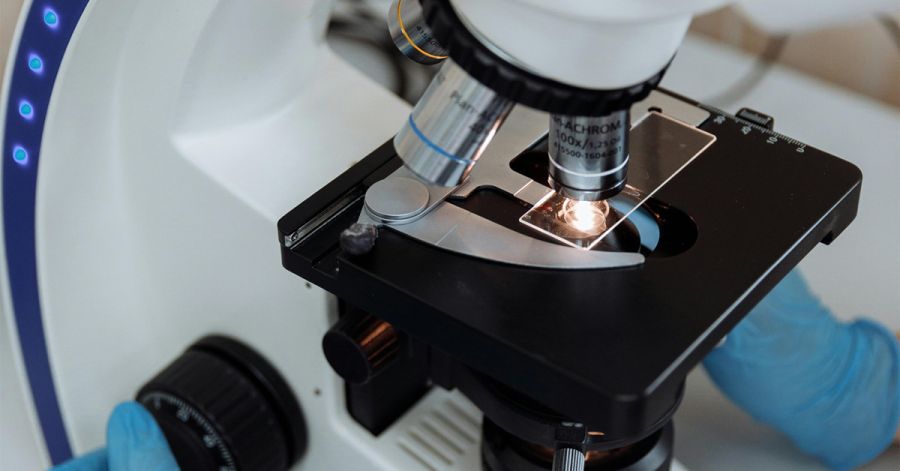Neurovirulence of Usutu virus in human fetal organotypic brain slice cultures partially resembles Zika and West Nile virus

This publication is part of the project ‘Preparing for vector-borne virus outbreaks in a changing world: a One Health Approach’ (NWA.1160.1S.210) which is (partly) financed by the Dutch Research Council (NWO).
Authors: Eleanor M. Marshall, Ahmad S. Rashidi, Michiel van Gent, Barry Rockx, Georges M. G. M. Verjans
Abstract
Usutu (USUV), West Nile (WNV), and Zika virus (ZIKV) are neurotropic arthropod-borne viruses (arboviruses) that cause severe neurological disease in humans. However, USUV-associated neurological disease is rare, suggesting a block in entry to or infection of the brain. We determined the replication, cell tropism and neurovirulence of these arboviruses in human brain tissue using a well-characterized human fetal organotypic brain slice culture model. Furthermore, we assessed the efficacy of interferon-β and 2′C-methyl-cytidine, a synthetic nucleoside analogue, in restricting viral replication. All three arboviruses replicated within the brain slices, with WNV reaching the highest titers, and all primarily infected neuronal cells. USUV- and WNV-infected cells exhibited a shrunken morphology, not associated with detectable cell death. Pre-treatment with interferon-β inhibited replication of all arboviruses, while 2′C-methyl-cytidine reduced only USUV and ZIKV titers. Collectively, USUV can infect human brain tissue, showing similarities in tropism and neurovirulence as WNV and ZIKV. These data suggest that a blockade to infection of the human brain may not be the explanation for the low clinical incidence of USUV-associated neurological disease. However, USUV replicated more slowly and to lower titers than WNV, which could help to explain the reduced severity of neurological disease resulting from USUV infection.
Read the whole publication here.
Source: Springer Nature